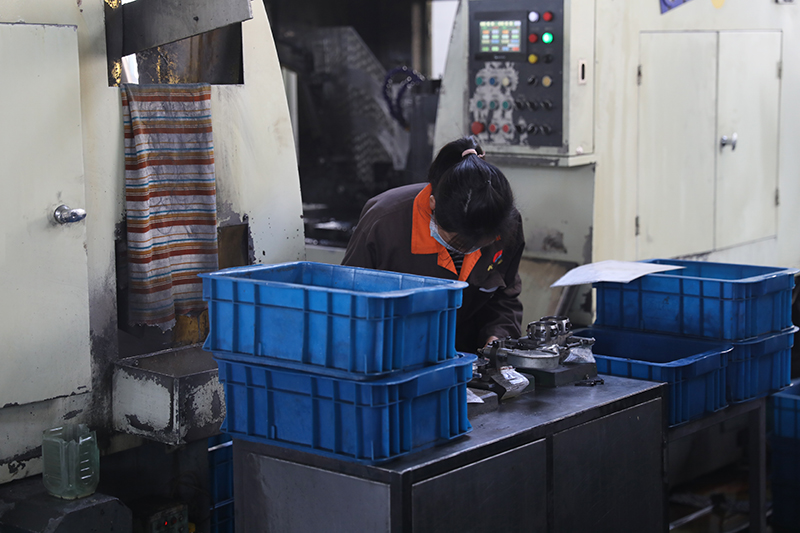Axial shaking refers to the unavoidable slight movement of the shaft of the motor along the centerline. The pivot position is the position of the shaft, and the vertical bisecting pivot position is the position of the circular surface of the shaft. The axial shaking of the cardan shaft, the gap in the rolling spline shaft of the transmission shaft, the ease of precision at the joint of the two sides of the transmission shaft, the elastic deformation of the transmission shaft during high-speed operation, and the welding on the transmission shaft to balance the treatment of oral epithelial cells Factors such as craftsmanship can change the unbalance of the total length of the drive shaft.
Reason:
Generally speaking, it is caused by the excessively large spacing between the motor rotor shaft and the motor rotor, but there are other reasons, such as the thrust washers on both sides of the rolling bearing (some of them are not installed). The axial force caused by the cooling fan, that is, the axial force of the wind on the cooling fan blade; the axial force caused by the transformation of the magnetic field, the axial force caused by the electromagnetic field when the motor rotor changes in the axial specification; the axial precise positioning The torsion force of the table on the rolling bearing, the torsion force when the rolling bearing precision positioning table touches the rolling bearing; other forces.

Because of the above various reasons, the universal joint shaft leaves its equilibrium position, which will produce bending vibration relative to the equilibrium position. The inertia moment of suction caused by the rotating drive shaft due to its quality axial force is the interference force that causes the bending and vibration of the drive shaft. The frequency of this interference force is the same as the rotational speed of the drive shaft. When the rotation speed of the transmission shaft is equal to the resonance frequency of its bending vibration, resonance will occur, resulting in a substantial increase in the amplitude of the vibration and the risk of breaking the transmission shaft. The speed at this time is generally called the critical speed of the drive shaft, also known as the "risk speed".
Because of the imbalance of the universal joint shaft, when the car is started, the shaft will cause abnormal noises and the body will vibrate; the sound will be louder when the speed is changed, and the noise will be clearly transmitted from the position of the drive shaft when the gear is off and sliding, which is more serious The drive shaft will bend and rupture.
Hurt:
The movement of the motor shaft causes the gap between tight connections that should not be relative speed to increase, which increases the vibration and noise of the motor, which makes it possible to "sweep the bore" and reduce the service life.